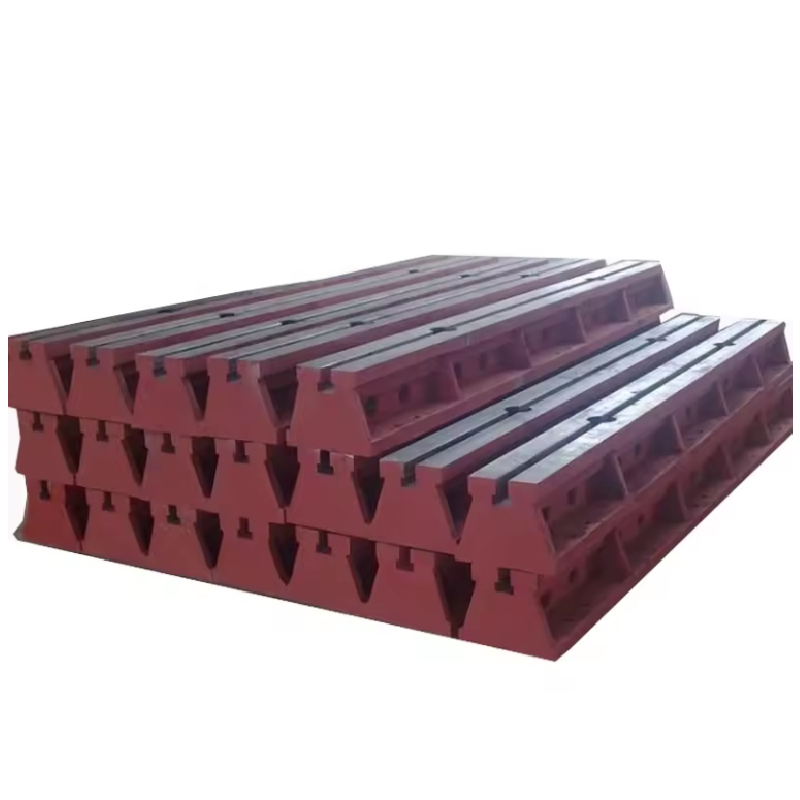12 月 . 04, 2024 10:04 Back to list
butterfly valve handle types
Butterfly Valve Handle Types A Comprehensive Overview
Butterfly valves are essential components in various industrial processes, serving as critical actuators for on-off or throttling control of flow within pipelines. One of the most intriguing aspects of butterfly valves is the variety of handle types available, each designed to fulfill specific operational requirements. This article delves into the different types of butterfly valve handles, examining their functionalities, advantages, and ideal applications.
1. Manual Handle Types
A. Lever Handle
The lever handle is the most common type used in manual butterfly valves. This handle is typically a simple, lever-type mechanism that allows for easy operation by hand. Users can rotate the handle 90 degrees to open or close the valve. The primary advantage of using a lever handle is its simplicity and ease of use, making it suitable for applications where the valve does not need frequent adjustments. The lever handle is often used in smaller valves, particularly in residential or light commercial applications.
B. Gear Handle
For larger butterfly valves, particularly in industrial settings, gear handles are often employed. These handles use a gear mechanism to provide mechanical advantage, making it easier to operate larger valves with higher torque requirements. Gear handles are beneficial in situations where a valve is located in an inaccessible or hazardous area, allowing operators to open or close the valve from a safer distance.
A. Electric Actuator
Electric actuators are becoming increasingly popular for butterfly valves, especially in applications that require automation or remote control. This type of handle incorporates an electric motor that opens or closes the valve with precision. Electric actuators can be integrated with control systems, enabling automated operations based on flow requirements or pressure conditions. These actuators are ideal for large facilities like power plants and water treatment plants, where consistent and exact control of fluid dynamics is crucial.
B. Pneumatic Actuator
butterfly valve handle types

Similar to electric actuators, pneumatic actuators utilize compressed air to operate butterfly valves. These handles are particularly favored in environments where rapid valve operation is necessary, as they can open and close much faster than manual handles. Pneumatic actuators are often found in the food processing, chemical, and pharmaceutical industries, where hygiene and quick response times are essential.
C. Hydraulic Actuator
Hydraulic actuators offer another automated option for operating butterfly valves. These handles utilize hydraulic fluid to exert force, opening or closing large valves effectively. They are especially useful in high-pressure applications where significant force is required to operate the valve. Hydraulic actuators are commonly found in heavy industries such as mining, oil refineries, and shipbuilding.
3. Specialty Handle Types
A. Chain Wheel Handle
This type of handle is particularly useful for large valves positioned in hard-to-reach areas. A chain wheel connects to the valve, allowing operators to turn the wheel and control the valve from a distance. This setup is commonly utilized in water treatment facilities and municipal water systems, where valves need to be accessed without putting personnel at risk.
B. Lockable Handle
For security-focused applications, lockable handles provide an excellent solution. These handles can be secured in either the open or closed position, preventing unauthorized or accidental operation of the valve. Lockable handles are often used in hazardous environments or areas where maintenance must be restricted for safety reasons.
Conclusion
When selecting a butterfly valve handle, it is essential to consider the specific requirements of the application, including the size of the valve, the necessary operating force, and the operational environment. From simple manual lever handles to complex automated actuators, each type of handle offers unique benefits tailored to different operational needs. Proper understanding and selection of butterfly valve handle types can lead to improved efficiency, safety, and effectiveness in controlling fluid flow in various industrial and commercial applications. By knowing the distinctions among these handle types, operators and engineers can make informed choices that best suit their operational requirements.
-
Y Type Strainers: A Comprehensive GuideNewsOct.18,2024
-
Understanding Water Valve Options for Your NeedsNewsOct.18,2024
-
Functions and TypesNewsOct.18,2024
-
An Essential Component for Fluid SystemsNewsOct.18,2024
-
Adjustment and ReplacementNewsOct.18,2024
-
Slow Closing Check Valves: A Key Component in Fluid SystemsNewsOct.08,2024
Related PRODUCTS









